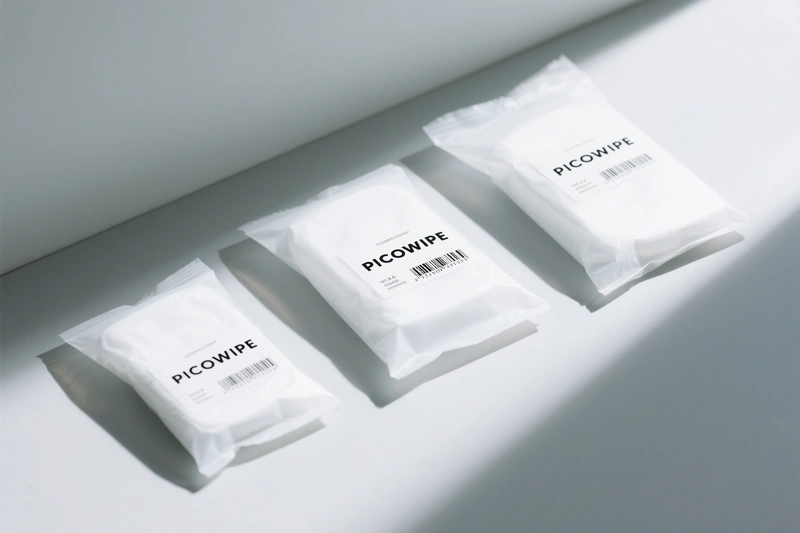By [email protected] — Charting the depths of expertise
Effects of Inconsistent Bioburden
Pharmaceutical, Biotechnology, and Medical Device Industries: The impact is significant. Inconsistent bioburden means an unpredictable risk of microbial contamination, which can lead to exceeding microbial limits in the production environment or on the product, leading to regulatory violations and even threatening patient safety. The U.S. FDA has repeatedly penalized companies for drug contamination, requiring stricter environmental cleanliness control.
Causes of Inconsistent Bioburden
Bioburden refers to the population of viable microorganisms (such as bacteria and fungi) on a cleanroom wipe. It is critically important for applications requiring sterility or biocontamination control. Inconsistency in bioburden is primarily related to the following factors:
Fluctuations in the Initial Bioburden of Raw Materials: Even the raw fiber materials used to produce cleanroom wipes can carry a certain number of microorganisms. If the initial bioburden level of the raw materials is unstable, it will affect the bioburden of the final product. Inconsistent Control of the Production Environment: Although produced in a cleanroom, if the air filtration efficiency fluctuates, personnel entry and exit are not strictly managed, equipment cleaning and disinfection are inadequate, or sporadic contamination events occur, it can lead to microorganisms contaminating the fabric at different times or in different areas. This results in bioburden variation between or within batches. Lax Microbial Control of Process Water: If the water used in wet processes like washing has unstable microbial control or if the piping system contains biofilms, it can introduce microorganisms into the fabric. Non-uniformity of Sterilization or Bioburden Reduction Processes (if applicable): Gamma Irradiation: If the radiation dose is not uniform (e.g., due to uneven package density or variations in exposure position), the sterilization effect will differ across various areas or batches. Autoclaving: If wipes are stacked too densely, preventing full steam penetration, or if temperature and time controls are imprecise, some areas may not be completely sterilized. Ethylene Oxide (ETO) Sterilization: Uneven distribution of gas concentration, humidity, temperature, or exposure time within the sterilization chamber will affect the consistency of the sterilization outcome. Secondary Contamination During Post-Processing and Packaging: After sterilization, if the environment is not sufficiently clean or if handling procedures are improper during slitting, folding, or packaging, recontamination can occur. The cleanliness of the packaging materials themselves can also pose a risk. Packaging Seal Integrity: If the packaging seal is not tight, microorganisms from the external environment can enter during storage, leading to contamination of the wipes. This contamination is often not uniform.


